Understanding Horses & other Equids
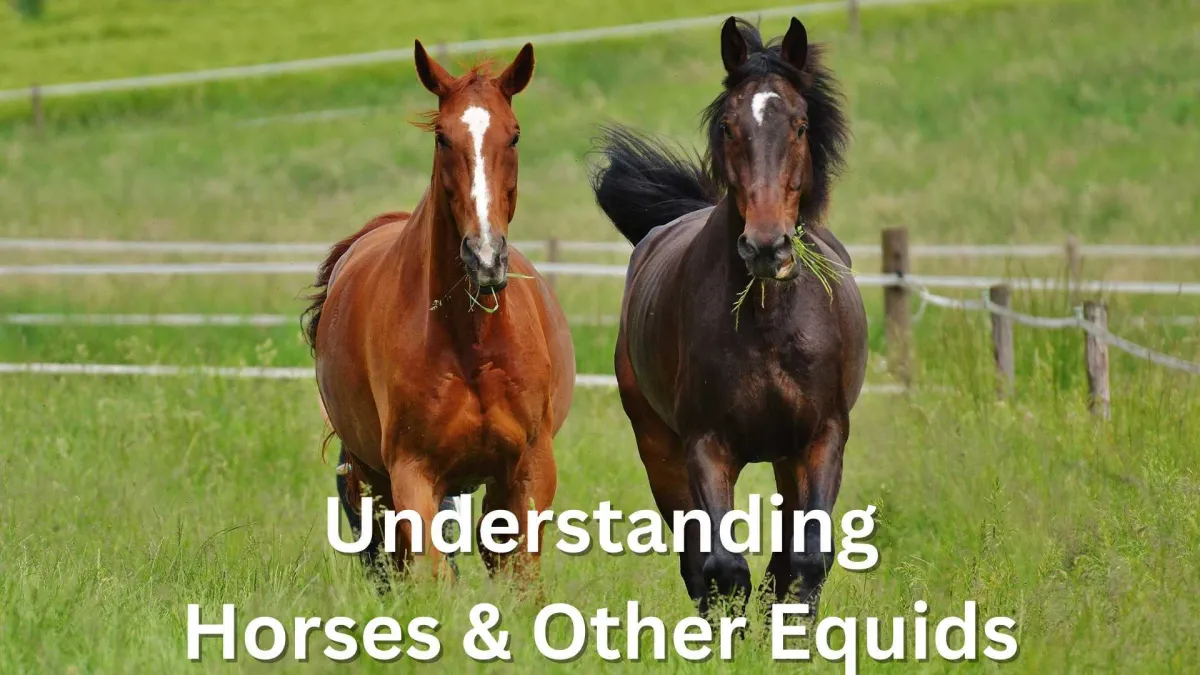
Behaviour, senses, and management for lifestyle blocks
Horses, ponies, donkeys, and mules can be deeply rewarding companions on a lifestyle block, but they also come with responsibilities and risks. Unlike many livestock species, equids require daily care, close observation, and a strong understanding of their behaviour.
This guide offers practical, real-world advice for small-block owners keeping horses or other equids for recreation, grazing, or companionship. Drawing from the
work of Dr Clive Dalton, it’s tailored to New Zealand conditions and assumes you are not operating as a commercial breeder or trainer.
Senses and Perception
Vision
Horses see the world very differently from us. Their eyes are set wide on the sides of their head, giving them an almost 350-degree field of view. They can see in dim light and detect movement well, but their depth perception is limited straight ahead. This makes them naturally cautious of sudden changes, shadows, or objects that weren’t there yesterday.
They also have two blind spots , directly in front of their nose and directly behind their tail , which is why it’s so important to approach from the side and speak before moving around them.
Hearing
Equids have excellent hearing and can detect high-pitched sounds far beyond our range. Their mobile ears swivel independently to locate the source of sounds, and their body language often starts with ear position. One ear back may signal attention or irritation. Both ears pinned flat are a warning.
Calm, consistent speech and familiar sounds are reassuring. Sudden or unfamiliar noises can spook them, and noise stress can build over time.
Smell
Smell plays a strong role in recognition, especially among herd members and during mating. Horses investigate new objects by sniffing, and they often smell feed, humans, or even the ground to gather information.
They may react negatively to strong smells, especially of chemicals, other animals, or blood.
Social Structure and Behaviour
Horses are highly social herd animals with a well-developed sense of hierarchy. In the wild, they rely on the group for safety, with one or more animals acting as sentinels while others graze or rest.
On lifestyle blocks, horses form social bonds quickly and can show signs of stress if isolated. Aggression, pacing, excessive vocalisation, and reduced appetite can all signal that a horse feels insecure or alone.
Donkeys and mules are also social, but their herd behaviours are more subdued. Donkeys in particular form strong pair bonds and are prone to depression if separated from companions.
Introducing new animals should be done gradually. Allow animals to see and smell each other through a fence before placing them together. Provide space for retreat and multiple feeding stations to avoid resource guarding.
Daily Patterns and Movement
Horses need space to move, not just for exercise but to express natural behaviours. They graze for 12 to 18 hours a day in small bursts, moving from patch to patch. Rest, social grooming, and play (especially among young horses) fill out the day.
Confined horses may develop vices like weaving, cribbing, or stall kicking. These are signs of boredom, frustration, or unmet behavioural needs.
Lifestyle block owners should provide:
Safe, well-drained paddocks with room to move
Opportunities to graze and socialise
Enrichment such as logs to scratch on or safe toys
Shade and shelter in all seasons
Handling and Safety
Equids are large prey animals with powerful flight responses. Poor handling can lead to serious injuries , to you and to the horse. Many accidents happen when horses are frightened, confused, or mistreated.
Key safety principles:
Always approach calmly and speak before touching
Avoid sudden movements, especially near blind spots
Use halters, lead ropes, and fencing correctly
Never wrap lead ropes around your hand or body
Know your limits and get professional help for training or behavioural issues
Donkeys and mules are often more cautious than horses and may require more time to trust new handlers. Mules, especially, are intelligent and highly observant , and will resist being forced.
Feeding and Pasture Use
Horses evolved to graze continuously on low-quality forage. Modern blocks often offer rich pasture that can contribute to obesity and metabolic issues.
Donkeys and ponies are even more prone to these conditions.
Key feeding tips:
Monitor body condition regularly
Provide hay or straw if pasture is lush or limited
Avoid feeding grain or treats unless guided by a nutritionist or vet
Ensure clean, fresh water is always available
Feed little and often rather than large meals
Equids are selective grazers and may overgraze favourite plants while ignoring others. Paddock rotation and weed control are important.
Health and Hoof Care
Regular care is essential. Unlike sheep or cattle, horses need:
Hoof trimming every 6–10 weeks
Dental checks annually
Vaccinations and parasite control as advised by your vet
Shelter from weather extremes including summer sun, wind, and wet ground
Daily checks for injury, lameness, or unusual behaviour
Donkeys and ponies often receive less care than they need, particularly in backyard or rescue situations. They may hide illness well, so owners need to be observant and proactive.
What This Means on Your Block
Equids bring a lot of joy and presence to a lifestyle block, but they demand attention and understanding in return. Their prey instincts mean that fear or uncertainty can escalate quickly. Calm, consistent handling and a predictable routine make a world of difference.
Because they are social animals, horses and donkeys should never be kept alone. Pairing with a calm companion , even a sheep or goat in some cases , is better than total isolation, but ideally, they should be with another equid.
Their grazing behaviour can transform a paddock in weeks. Without rotation, pasture quickly becomes uneven and weedy. Hoof traffic on wet ground causes pugging and compaction. Knowing how your animals use the land helps you manage it better.
Finally, equids require a level of commitment not all owners are prepared for. Before taking one on, make sure you’re ready for the costs and time involved in hoof care, training, and feeding. With the right setup and mindset, though, horses and their kin can be one of the most rewarding animals to share your block with.
More Resources
Horses can turn your paddocks into a disaster area - why not have another species too?
What You Need to Know to Keep Livestock – Fencing, legal tripwires and where to shop - all the basics.
Understanding Cattle – Great for paddock health when farmed well.
Understanding Poultry - Loads of character and provide breakfast.
Back to Livestock & Pets
More articles on horses and other equines
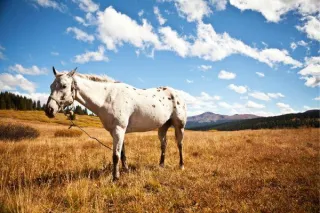
Tethering Horses – Why It’s Best Avoided
Tethering horses is risky and often unnecessary. Learn why it should be avoided, what the law requires in New Zealand, and how to care for tethered horses safely if you must. ...more
Horses & other Equines
June 14, 2025•3 min read
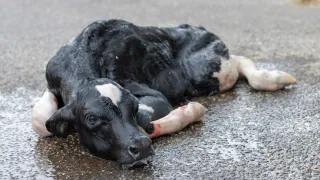
What is the Madigan Squeeze and how does it save newborn animals?
This article looks at the problem of Neonatal Maladjustment Syndrome also known as “dummy syndrome, and the Madigan Squeeze Technique that can save lives. ...more
The Basics ,Sheep Cattle Goats &Equines
August 13, 2024•4 min read
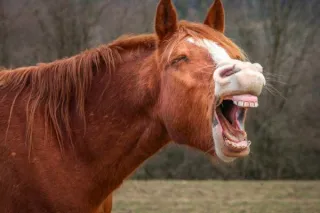
Horses can’t vomit, why not?
Discover why horses can't vomit and how their digestive system works differently from other animals. Understand the implications for horse care and health management. ...more
Horses & other Equines
August 28, 2023•5 min read
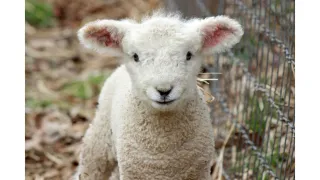
Vaccination - Cost-Effective Insurance Against Disease
A practical guide to sheep vaccination for lifestyle farmers, including when and how to vaccinate ewes and lambs against clostridial diseases, plus advice on abortion vaccines and essential boosters f... ...more
The Basics ,Sheep Cattle Goats &Horses & other Equines
December 31, 2022•2 min read

Drenching to avoid drench resistance in your stock
Learn how internal parasites affect livestock and how to reduce drench resistance on your lifestyle block. Includes FEC testing, best drenching practices, and sustainable parasite control. ...more
The Basics ,Sheep Cattle Goats Horses & other Equines &Alpacas
December 31, 2022•2 min read

Internal Parasites - Worms
Internal parasites are one of the biggest threats to livestock on lifestyle farms. Learn how to manage worms in sheep, goats, cattle, and horses with strategic drenching, pasture rotation, and species... ...more
The Basics ,Sheep Cattle Goats Horses & other Equines &Alpacas
December 31, 2022•3 min read
Support & Legal
Get Rural Tips & Seasonal Updates
Subscribe to the LSB monthly newsletter.
© 2025 Lifestyleblock.co.nz | LSB Ltd Proudly off-grid and NZ-owned

